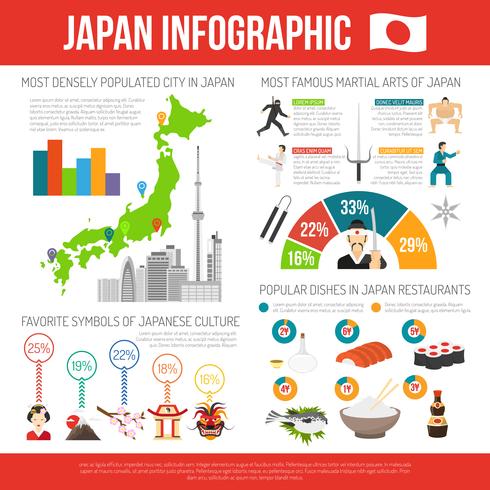A Historical Introduction And Progression Of Martial Arts Across The Globe
A Historical Introduction And Progression Of Martial Arts Across The Globe
Blog Article
john bishop kajukenbo -Mortensen Graham
Martial arts have a fascinating background that spans centuries and continents. You may discover it fascinating how ancient techniques like Shuai Jiao and Kalaripayattu prepared for modern-day battle techniques. These disciplines not only highlight physical abilities yet also show the societies that birthed them. As you discover their development, consider exactly how globalization has actually changed these typical forms into crossbreed styles. What influences do you assume have shaped today's martial arts landscape?
Ancient Martial arts: The Structures of Battle
As you explore the globe of old martial arts, you'll find the rich foundations that formed fight techniques throughout cultures. https://english.elpais.com/culture/2023-03-25/suffrajitsu-the-women-who-used-martial-arts-to-fight-for-the-vote.html focused on Self-Defense and survival, often including strikes, hurting, and weapons.
In ancient China, as an example, techniques like Shuai Jiao highlighted throws and joint locks, while India's Kalaripayattu showcased dexterity and fluid activity. Japanese samurai established Kenjutsu, a polished swordsmanship that highlighted technique and strategy.
These martial arts offered not just for battle yet additionally as a means of individual development, instilling values like respect and perseverance. The mixing of these strategies in time laid the groundwork for the varied martial arts you see today, each showing the special ideologies and demands of its culture.
The Cultural Impact on Martial Arts Growth
While martial arts commonly reflect the practical needs of a society, they likewise symbolize the cultural values and ideas of their beginnings. When you discover different martial arts, you'll notice just how they're affected by religion, philosophy, and social standards.
As an example, the emphasis on respect and technique in Japanese martial arts stems from Zen Buddhism and samurai society. In contrast, Brazilian Jiu-Jitsu advertises flexibility and approach, shaped by the demand for effectiveness in a diverse, modern environment.
You could locate that the routines, uniforms, and training techniques reflect an area's background and identity. By understanding these cultural impacts, you grow your admiration of martial arts and their function fit human experiences across the globe.
Modern Adaptations and the Globalization of Martial arts
Martial arts have actually changed considerably in recent decades, adjusting to contemporary society and international influences. You'll see that typical kinds have blended with modern-day strategies, developing hybrid styles like MMA. These adjustments accommodate diverse audiences, making martial arts accessible and appealing around the world.
With the increase of social media and digital platforms, you can discover tutorials and competitions from all edges of the world, damaging geographical barriers. This globalization has brought about a shared recognition for various disciplines, from Brazilian Jiu-Jitsu to Taekwondo.
As you engage with these arts, you'll understand they're not just about battle; they advertise physical fitness, self-control, and psychological wellness.
Ultimately, contemporary adaptations have enhanced the martial arts landscape, making it a dynamic and progressing technique.
Conclusion
In checking out the background and development of martial arts, you uncover a remarkable mix of methods, cultures, and philosophies. From old disciplines like Shuai Jiao and Kalaripayattu to the contemporary adaptability seen in MMA, martial arts show mankind's quest for Self-Defense and individual growth. As you engage with these techniques, you not only obtain skills yet also a deeper gratitude for the varied practices that shape our globe today. So, proceed your journey and embrace the art of battle!
